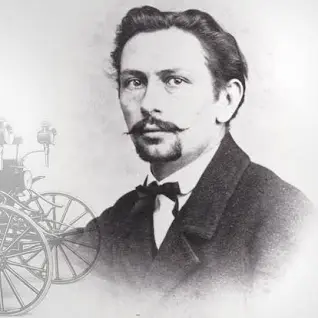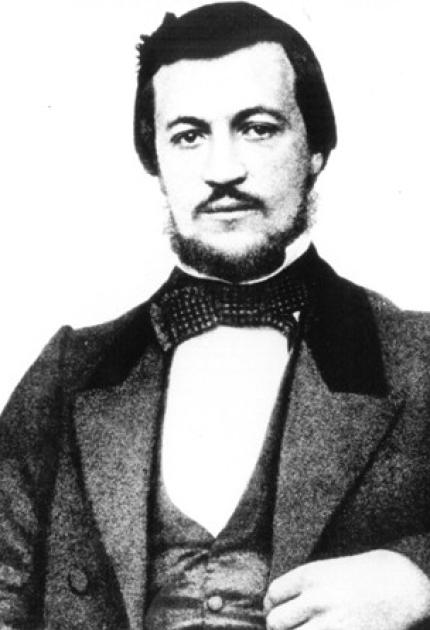In the dynamic world of automotive engineering, the evolution of car engines stands as a testament to relentless innovation and technological advancement. From the earliest combustion engines to the dawn of electrification, the journey of car engines is a captivating narrative of ingenuity, performance, and sustainability. Join us as we delve into the rich tapestry of automotive history and explore the remarkable evolution of car engines.
Understanding the Evolution of Car Engines
The evolution of car engines traces back to the dawn of the automotive era, with pioneers like Karl Benz and Nikolaus Otto laying the groundwork for modern propulsion systems. From rudimentary single-cylinder designs to sophisticated powertrains, car engines have undergone a remarkable transformation, driven by a quest for efficiency, power, and environmental responsibility.

Milestones in Automotive Innovation
Throughout history, several key milestones have shaped the evolution of car engines. The introduction of the four-stroke combustion cycle by Nikolaus Otto in the 19th century revolutionized engine design, providing a blueprint for efficiency and reliability that remains relevant to this day. Subsequent innovations, such as the development of turbocharging, supercharging, and variable valve timing, further enhanced engine performance and responsiveness, ushering in an era of high-performance motoring.

The Evolution of Car Engines
The Rise of Alternative Powertrains
In recent years, the automotive landscape has witnessed a paradigm shift towards alternative powertrains, driven by concerns over environmental sustainability and energy efficiency. Electric vehicles (EVs) and hybrid technology have emerged as viable alternatives to traditional combustion engines, offering silent operation, instant torque delivery, and zero tailpipe emissions. The development of automobile propulsion systems now encompasses a broader spectrum of propulsion systems, reflecting a commitment to cleaner and greener transportation solutions.
Innovations Driving the Future
Emerging technologies such as direct fuel injection, cylinder deactivation, and advanced engine management systems promise to further optimize performance and fuel efficiency, while reducing emissions and environmental impact. Additionally, advancements in materials science and engineering continue to push the boundaries of what’s possible, paving the way for lighter, more efficient powertrains that meet the demands of tomorrow’s drivers.
Conclusion: Embracing the Future of Mobility
The evolution of car engines is a testament to human ingenuity and our relentless pursuit of progress. From humble beginnings to electrifying futures, the journey of automotive innovation is a testament to our ability to adapt, innovate, and overcome challenges. As we continue to push the boundaries of what’s possible, let us embrace the future of mobility with optimism and enthusiasm, confident in our ability to shape a brighter, more sustainable tomorrow.